2024 marks a year of many successes for orbital and lunar missions, including SpaceX's 'chopsticks' rocket capture.
Japanese spacecraft successfully landed on the Moon
The Japan Aerospace Exploration Agency (JAXA)'s SLIM spacecraft touched down on the Moon on January 19, making Japan the fifth country to land a spacecraft on Earth's natural satellite, after the Soviet Union, the United States, China, and India. The probe followed a long, looping route, finally reaching lunar orbit on December 25. SLIM aimed to land within 100 meters of its target, on the rim of Shioli Crater.
Costing $120 million and weighing just 200 kilograms, SLIM is designed to conduct a number of scientific activities, including studying the environment around the Sea of Nectar region, located at 15 degrees south latitude, using a spectrometer. Data from the device could provide information about the composition of the region, shedding light on the history of the Moon's formation and evolution.
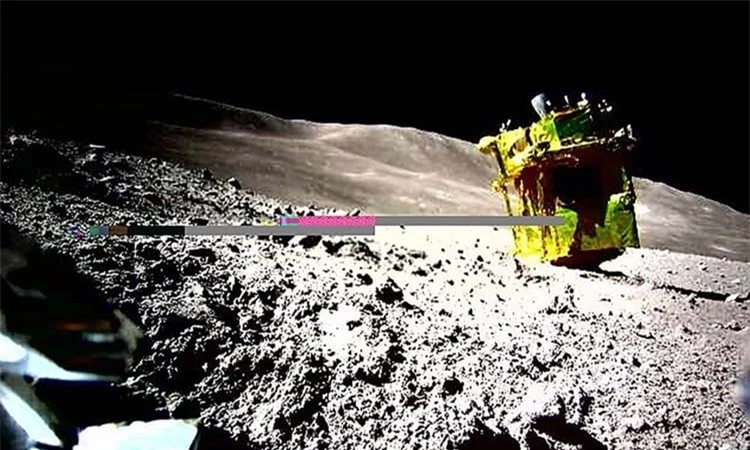
Shortly after landing, JAXA operators discovered that the lander had landed upside down, meaning that the solar panels used to collect energy on board were not facing the sun. SLIM’s first night on the moon began on January 31 and ended on February 15. SLIM then experienced its second lunar night on February 29, and the team predicted that the temperature would drop from 100 degrees Celsius to -170 degrees Celsius, which would cause the lander to shut down.
The likelihood of a malfunction increases as the extreme temperature cycle repeats. When JAXA attempted to restore operations in mid-March, it found that the lander’s key functions were still working. The same thing happened when SLIM woke up for the third time after the long lunar night in mid-April, transmitting a signal to Earth on April 23.
The last time JAXA made contact with SLIM was on April 28. JAXA announced on August 26 that the SLIM lunar lander mission had officially ended after months of failing to reestablish contact with the craft. However, SLIM's main goal had been accomplished. It was to demonstrate the ability to land on a celestial body with incredible precision. Its elliptical landing zone encircled a designated point at a distance of 100 meters, much smaller than the usual distance of several kilometers.
China launches spacecraft to collect samples from the dark side of the Moon
Chang'e-6 took off on a Long March-5 rocket from the Wenchang Satellite Launch Center on Hainan Island at 4:27 p.m. on May 3, Hanoi time. During its 53-day journey, Chang'e-6 headed for the South Pole-Aitken Basin (SPA) on the far side of the Moon, the side that cannot be observed from Earth. Chang'e-6 consists of four modules: a lunar lander, a sample transport module, an orbiter, and a launch vehicle (a small rocket that accompanies the lander).
On June 1, the lander touched down inside the Apollo Crater in the South Pole-Aitken Basin (SPA), a 2,500-kilometer-wide impact zone on the far side of the Moon. The lander collected nearly 2 kilograms of lunar samples using a shovel and drill. The precious samples were transferred to the launch vehicle on June 3 and docked with the orbiter a few days later. The orbiter returned to Earth with the sample capsule on June 21. The Chang’e 6 lunar sample capsule landed in China’s Inner Mongolia Autonomous Region on June 25.
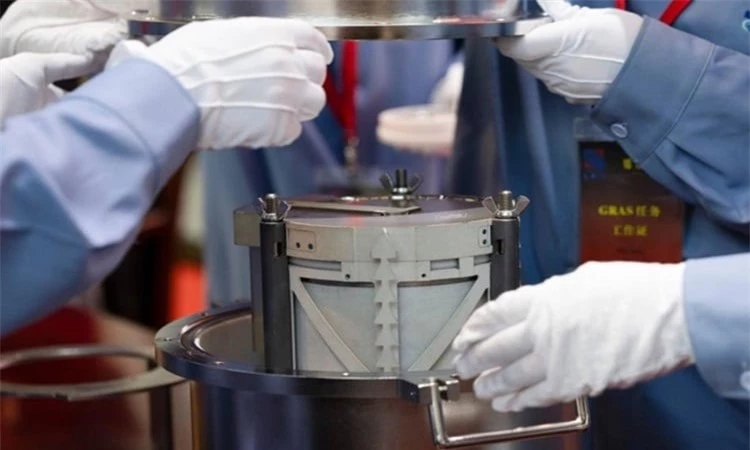
Initial analysis shows that the dark side sample has a more porous and void-filled structure. The new sample helps advance our understanding of several important aspects of Earth’s natural satellite, including its early evolution, the differential volcanic activity between the near and far sides, the collisional history of the inner solar system, traces of galactic activity preserved in the lunar regolith, and the composition and structure of the lunar crust and mantle.
Boeing spacecraft malfunctions after carrying astronauts to ISS
After years of delays, Boeing’s Starliner successfully lifted off on an Atlas V rocket from Cape Canaveral, Florida, on June 5, carrying NASA astronauts Butch Wilmore and Suni Williams to the ISS on a 25-hour flight. Wilmore and Williams were scheduled to spend a week in orbit and return to Earth on June 13. However, during the flight, the Starliner encountered a series of problems, including five helium leaks and five thruster failures in the reaction control system. This forced engineers to troubleshoot on the ground and extended the astronauts’ stay on the ISS from a week to more than half a year.
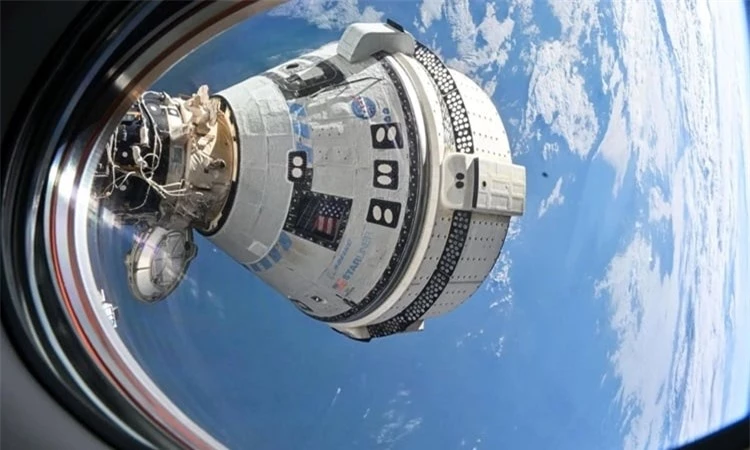
In a press conference on August 24, NASA announced that after carefully assessing the situation, NASA and Boeing engineers could not agree on whether it was safe to fly astronauts Butch Wilmore and Suni Williams back on the malfunctioning Starliner spacecraft. As a result, they decided that the crew would remain on the ISS until February 2025, when SpaceX’s Dragon spacecraft will dock with the station and take the crew home.
Boeing’s Starliner spacecraft returned to Earth without a crew on September 6, 2024, landing at White Sands Spaceport in New Mexico, US. The capsule was lowered using a deceleration parachute and supported by airbags. The Starliner was then transferred to NASA’s Kennedy Space Center in Florida for further analysis. NASA and Boeing will work together to determine the next steps for the program.
First private spacewalk mission
The Crew Dragon spacecraft on the Polaris Dawn mission, the first private spacewalk mission, lifted off on a SpaceX Falcon 9 rocket at 5:23 a.m. on September 10 (4:23 p.m. Hanoi time) from Launch Complex 39A at NASA's Kennedy Space Center (KSC). Nine and a half minutes later, the rocket's booster returned to Earth, landing on a barge off the east coast of Florida.
Crew Dragon, carrying four astronauts, separated from the Falcon 9's upper stage about 12 minutes after launch. The spacecraft entered an elliptical orbit and, after several loops, climbed to an altitude of 1,400 kilometers (870 miles), higher than any astronaut had flown since the last Apollo mission in 1972.
After reaching a record altitude, the spacecraft descended to an altitude of 737 km. There, the ship decompressed. Mission commander, billionaire Jared Isaacman, and SpaceX employee Sarah Gillis emerged from the capsule one by one. The spacewalk began at 5:12 p.m. on September 12, Hanoi time, lasting 1 hour and 46 minutes. During the trip, Isaacman and Gillis conducted several tests to test a new laser-based communication system connected to Starlink satellites and the flexibility of the ultra-light spacesuit designed by SpaceX.
The Polaris Dawn crew capsule landed in the Gulf of Mexico on September 15, ending a five-day mission in orbit that was one of SpaceX’s most adventurous. The mission’s success marked the first commercial spacewalk and the highest orbital altitude humans have ever flown. In addition, data from the Starlink communications test could help develop space communications for future missions.
SpaceX successfully tests rocket 'chopstick' system
The Starship rocket system is gradually proving the ambition of billionaire Elon Musk - CEO of aerospace company SpaceX to send people to Mars. This is the tallest (about 120 m) and most powerful rocket ever built, capable of generating nearly 8,000 tons of thrust when launched.
During the fifth Starship test launch from Starbase, Texas, at 8:25 a.m. on October 13 (8:25 p.m. Hanoi time), SpaceX reached an important milestone when it successfully recovered the Super Heavy booster stage using a new "chopstick" technology. Specifically, about 7 minutes after launch, this booster stage landed exactly near the Mechazilla launch tower and was caught by a robotic arm. Meanwhile, the Starship upper stage landed in the Indian Ocean.
"This is a historic day for engineering. It's unbelievable! On the first try, we successfully captured the Super Heavy booster back into the launch tower," said Kate Tice, SpaceX's quality systems manager.
Starship has to rely on a launch tower with a pair of chopstick-like robotic arms to return to Earth because it lacks landing legs. Removing the legs will shorten the rocket’s turnaround time and significantly reduce its weight. Every kilogram of mass saved will allow the rocket to carry more cargo into orbit.
Musk’s vision is that in the future, the arm could quickly return a rocket to the launch pad – allowing it to take off again after being refueled – perhaps within 30 minutes of landing. By improving space travel, Musk hopes to build a colony on Mars, making humanity a multi-planetary species.
Efforts to harness solar power in space
Harnessing the Sun’s vast energy in space is not an impossible idea. It is a source of energy that is available all the time, unaffected by bad weather, cloud cover, time of night or season.
There are many ideas for how this could be done, but the common way it works is as follows. Satellites equipped with solar panels are launched into high-altitude orbits. The solar panels collect solar energy, convert it into microwaves, and transmit it wirelessly to Earth via a large transmitter that can be sent to a specific location on the ground with great precision. The microwaves can easily penetrate clouds and bad weather, and reach a receiving antenna on Earth. The microwaves are then converted back into electricity and fed into the grid.
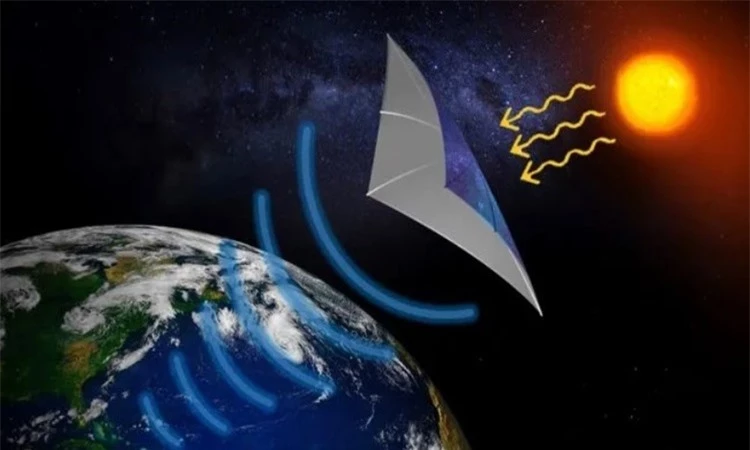
For example, last year, a satellite built by engineers at the California Institute of Technology (Caltech) as part of the Space Solar Power Demonstrator mission delivered solar power from space for the first time. The mission ends in January 2024.
Iceland’s sustainability initiative Transition Labs is also working with local energy company Reykjavik Energyt and UK-based Space Solar to develop solar power plants outside Earth’s atmosphere. Space Solar announced in April a breakthrough in wireless power transmission technology, a major step toward realizing the idea of solar power generation in space.
Japan is also preparing to transmit solar energy from space to Earth by 2025. In April, Koichi Ijichi, an adviser at the Japan Space Systems research institute, outlined a roadmap for testing a small solar power plant in space, transmitting energy wirelessly from low orbit to Earth. Accordingly, a small satellite weighing about 180 kg would transmit about 1 kW of electricity from an altitude of 400 km. If successful, this technology would contribute to solving the world's huge energy needs.
According to Intellectual Property
Source: https://doanhnghiepvn.vn/cong-nghe/nhung-su-kien-khoa-hoc-vu-tru-noi-bat-nam-2024/20241219010204419


![[Photo] General Secretary To Lam receives French Ambassador to Vietnam Olivier Brochet](https://vstatic.vietnam.vn/vietnam/resource/IMAGE/2025/4/17/49224f0f12e84b66a73b17eb251f7278)

![[Photo] National Assembly Chairman Tran Thanh Man meets with outstanding workers in the oil and gas industry](https://vstatic.vietnam.vn/vietnam/resource/IMAGE/2025/4/17/1d0de4026b75434ab34279624db7ee4a)
![[Photo] Closing of the 4th Summit of the Partnership for Green Growth and the Global Goals](https://vstatic.vietnam.vn/vietnam/resource/IMAGE/2025/4/17/c0a0df9852c84e58be0a8b939189c85a)
![[Photo] Nhan Dan Newspaper announces the project "Love Vietnam so much"](https://vstatic.vietnam.vn/vietnam/resource/IMAGE/2025/4/17/362f882012d3432783fc92fab1b3e980)
![[Photo] Promoting friendship, solidarity and cooperation between the armies and people of the two countries](https://vstatic.vietnam.vn/vietnam/resource/IMAGE/2025/4/17/0c4d087864f14092aed77252590b6bae)







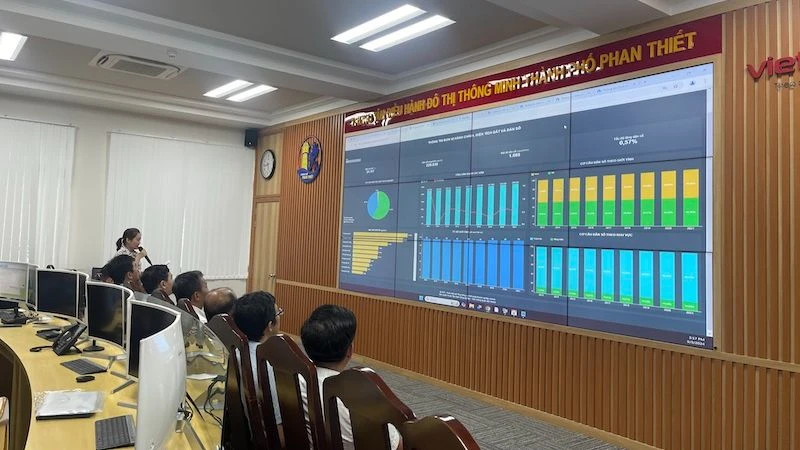
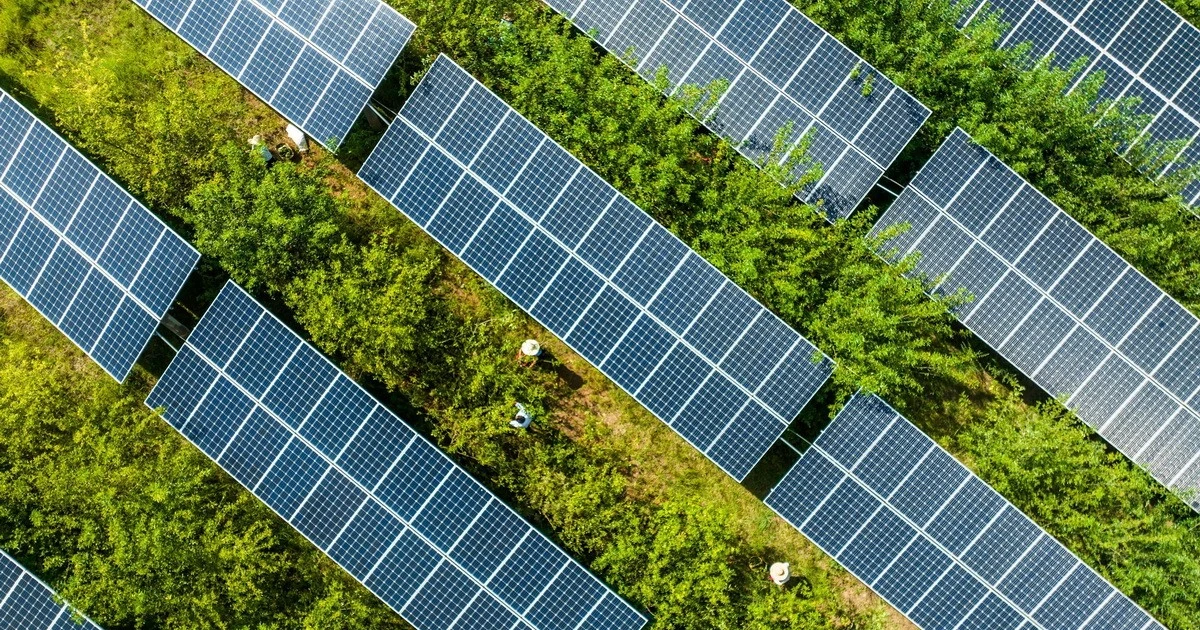











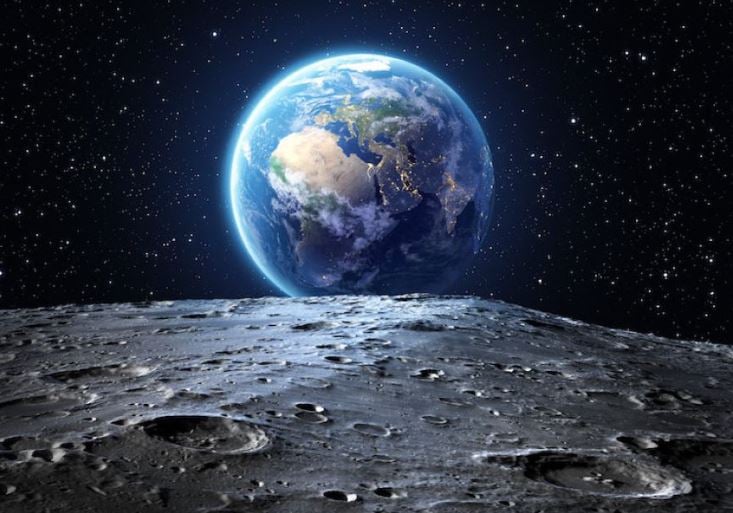

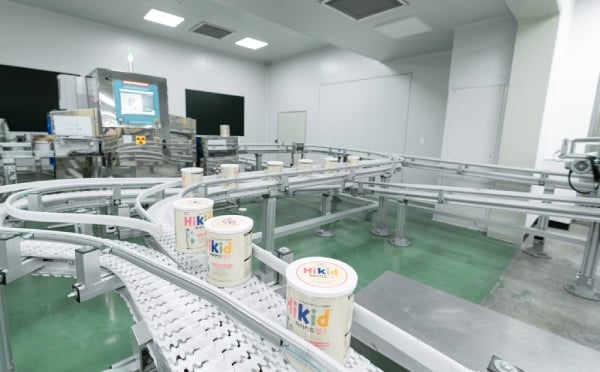
![[Photo] Welcoming ceremony for Chinese Defense Minister and delegation for friendship exchange](https://vstatic.vietnam.vn/vietnam/resource/IMAGE/2025/4/17/fadd533046594e5cacbb28de4c4d5655)




























![[Video] Viettel officially puts into operation the largest submarine optical cable line in Vietnam](https://vstatic.vietnam.vn/vietnam/resource/IMAGE/2025/4/17/f19008c6010c4a538cc422cb791ca0a1)

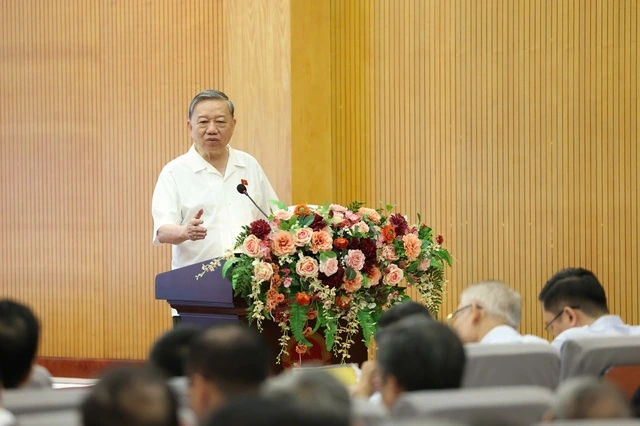



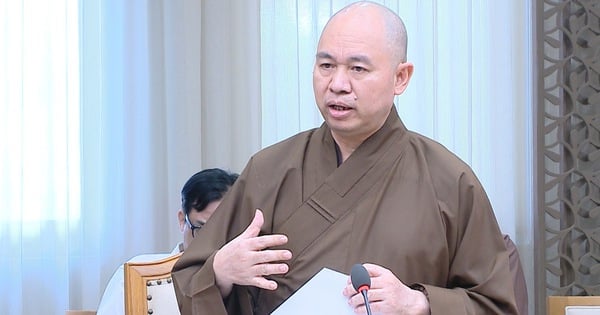































Comment (0)